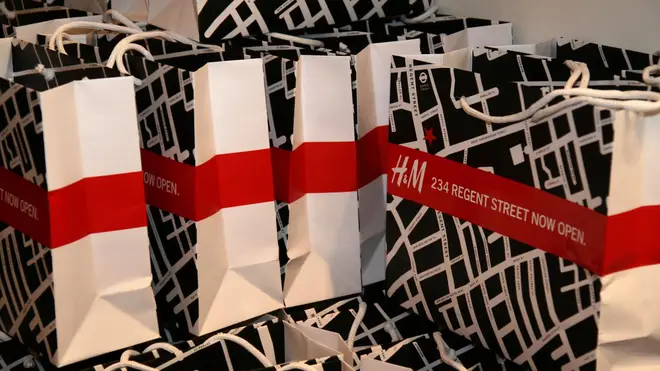
Ian Payne 4am - 7am
15 September 2020, 12:34

The group predicted a pre-tax profit of around two billion Swedish krona (£177 million) in its third quarter to the end of August.
Fashion giant H&M has said its bounce back from the coronavirus crisis has been “better than expected” as it returned to profit despite store closures due to the pandemic.
The group predicted a pre-tax profit of around two billion Swedish krona (£177 million) in its third quarter to the end of August, sending shares soaring 13%.
While this marks a steep fall on the five billion krona (£443 million) posted a year earlier, it is a big turnaround on losses of 6.5 billion Swedish krona (£575 million) in the second quarter.
It thanked “rapid and decisive” actions for offsetting the sales hit after it held off from sales promotions and kept a tight rein on costs.
H&M said: “As a result of appreciated collections together with rapid and decisive actions, the H&M group’s recovery is better than expected.
“More full-price sales combined with strong cost control enabled the company to already turn to profit in the third quarter.”
The update showed the impact of store closures on its revenues, with sales down 19%, or 16% lower with currency movements stripped out.
H&M said around 200 of its 5,000 stores were still temporarily closed due to the pandemic, against 4,000 shut at the height of the crisis in April and about 900 at the beginning of June.
It will report third quarter and year-to-date figures on October 1.
The Covid-19 crisis has ensured a baptism of fire for H&M’s new boss Helena Helmersson, who took over the reins in January from predecessor Karl-Johan Persson.
Michael Hewson, chief market analyst at CMC Markets, said: “Given the disruption caused by Covid, these numbers are pretty encouraging and suggest that despite the losses incurred in the second quarter the consumer still has the capacity to bounce back.
“The big question is whether this momentum can be sustained into the fourth quarter, as unemployment levels in their main markets start to rise.”